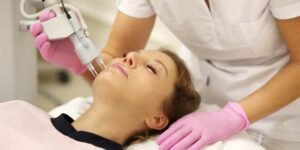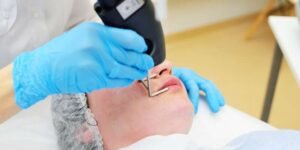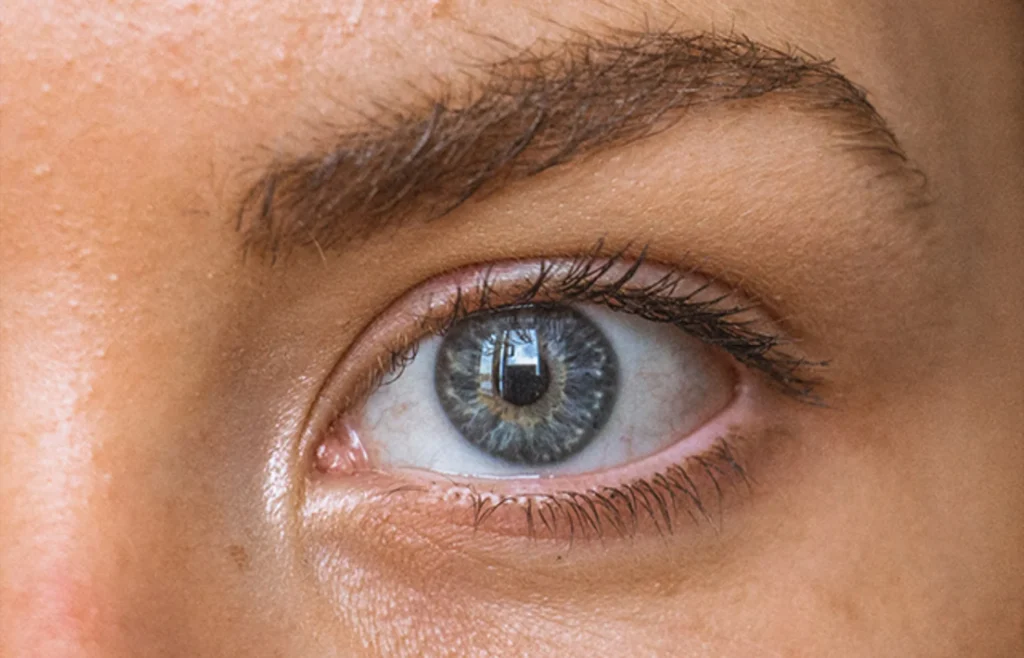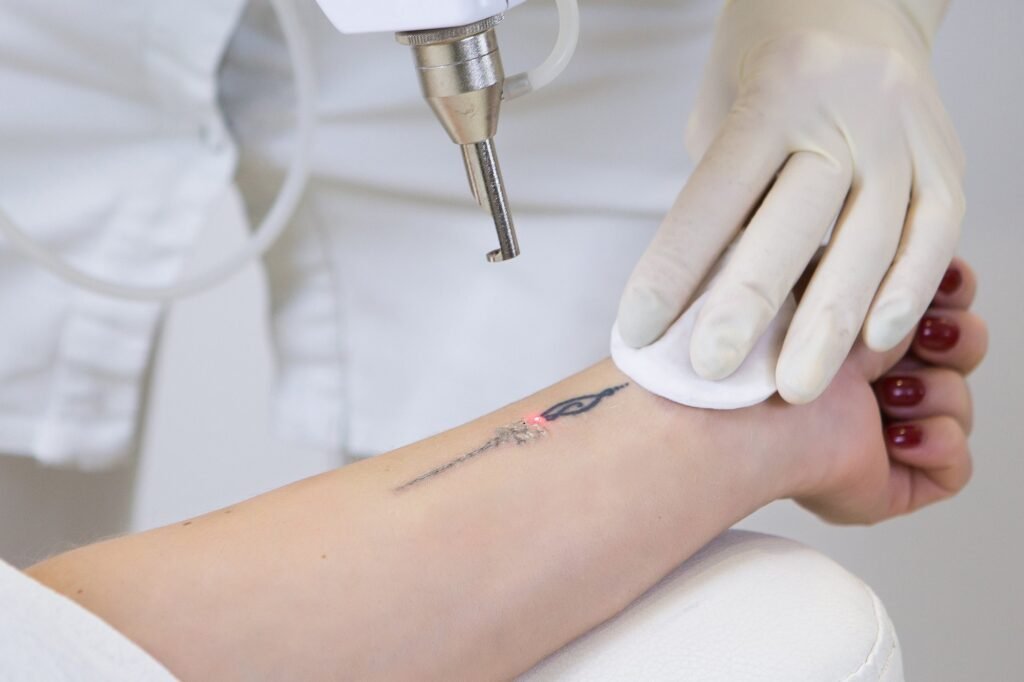
How to Choose the Right Acne Scar Removal Treatment for Your Skin Type
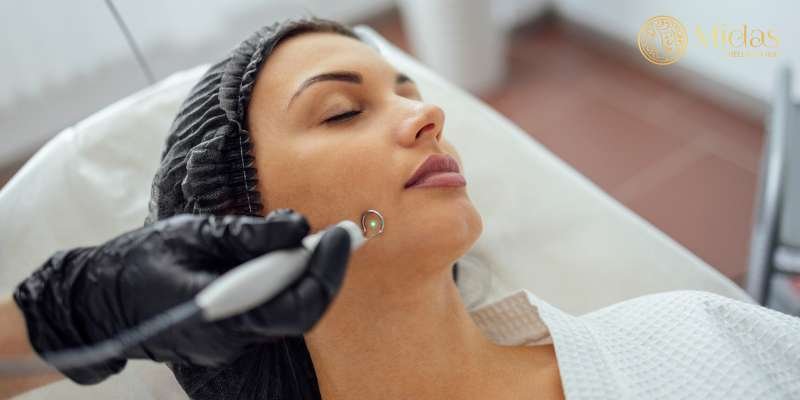
Acne scars can feel like a constant reminder of breakouts long after they’re gone, leaving many of us wondering what it takes to get our skin looking smooth and fresh again. Thankfully, acne scar removal treatments have come a long way, with options that cater to every skin type and scar type out there. But with so many choices it can be tricky to know which one’s right for you. Let’s walk through some of the best treatments out there and help you figure out the ideal option to get your skin looking its best.
Understanding Acne Scars, Skin Types & Acne Scar Removal Treatments
Acne scars come in various forms, such as atrophic scars (indented scars), hypertrophic scars (raised scars), and discoloration from post-inflammatory hyperpigmentation. These scars often affect the skin differently depending on whether it is oily, dry, sensitive, or a combination, making it essential to select acne scar removal treatments tailored to individual skin needs.
Common treatments include radiofrequency microneedling, chemical peels, CO₂ laser treatment, and PRP (platelet-rich plasma) therapy, each providing distinct benefits for different scar types and skin conditions.
Radiofrequency Microneedling
Radiofrequency (RF) microneedling combines microneedling with radiofrequency energy to stimulate collagen production deep within the skin layers. Tiny needles penetrate the skin to create micro-injuries, while RF energy is applied to promote healing, helping to fill in atrophic scars and improve skin texture. Radiofrequency microneedling is highly effective for all skin types, especially oily and combination skin, as it tightens the skin and reduces acne scars without over-drying or irritating it.
Chemical Peels
Chemical peels involve applying a solution containing acids like glycolic, salicylic, or lactic acid to exfoliate the skin’s top layer. This helps in reducing superficial scars and hyperpigmentation. A chemical peel can be mild, moderate, or deep, depending on the acid concentration and application duration. It’s effective for light acne scarring and uneven skin tone but may not be suitable for deeper scars.
CO₂ Laser Treatment
The CO₂ laser is a powerful treatment that targets acne scars by removing layers of skin in a controlled manner. This laser treatment is particularly effective for deeper scars and works by vaporizing the damaged layers of skin, stimulating collagen production, and promoting new skin growth. CO₂ laser treatments are recommended for moderate to severe acne scars and for individuals who want significant skin rejuvenation in fewer sessions.
Platelet-Rich Plasma (PRP) Therapy
Platelet-rich plasma (PRP) therapy uses your blood’s platelets, which are rich in growth factors, to promote healing and rejuvenate the skin. During PRP therapy, blood is drawn, processed to separate the platelets, and then injected or applied to the treatment area. This therapy is excellent for those looking for a natural acne scar removal method that also boosts overall skin health. Skin PRP works well in combination with other treatments, such as microneedling, enhancing its efficacy in repairing damaged skin.
Microneedling
Microneedling, also known as collagen induction therapy, involves creating micro-injuries in the skin with tiny needles to stimulate collagen production. This procedure is ideal for individuals with mild to moderate scarring and helps improve skin texture, tone, and overall appearance. Microneedling can also reduce pore size, making it suitable for oily and combination skin types. It’s a versatile acne scar removal treatment that is generally safe for all skin tones.
Fillers
Fillers offer a fantastic option for instantly smoothing out indented acne scars, like rolling and boxcar scars, bringing a noticeable improvement to the skin’s surface right away. With a quick, minimally invasive treatment, fillers provide immediate results that boost confidence and create a natural, even texture that feels like an instant transformation. They work by plumping up the skin, creating a beautifully smooth canvas that can last anywhere from six months to a year. For anyone looking to quickly and effectively enhance their skin’s appearance, fillers offer a wonderful, reliable solution with no downtime.
How to Match Acne Scar Removal Treatments to Your Skin Type
Acne scars can be stubborn, impacting confidence and skin texture. Thankfully, with advancements in skincare, multiple options are available for effective acne scar removal. Choosing the right acne scar removal treatment depends on factors like scar type, severity, skin type, and desired outcomes. Below, we explore different treatments, from microneedling to chemical peels to help you understand which might be best suited for your unique skin type.
When selecting an acne scar removal treatment, it’s crucial to consider your skin type and how it typically reacts to treatments.
- Ice Pick Scars: These are narrow, deep pits that extend into the skin like small holes. They are named for their appearance, resembling small puncture marks made by an ice pick.
- Boxcar Scars: Boxcar scars are broader depressions with sharp edges, resembling the scars left by chickenpox. They can be shallow or deep and are typically wider than ice pick scars.
- Rolling Scars: Rolling scars create a wave-like or undulating texture on the skin’s surface. They are caused by fibrous bands of tissue that tether the skin’s layers together, leading to a rolling or wavy appearance.
- Keloid or Hypertrophic Scars: These scars result from an overproduction of collagen during the healing process, leading to raised, thickened areas of skin. Keloid scars extend beyond the original acne lesion’s borders, while hypertrophic scars stay within the boundary of the initial injury.
For those unsure of which treatment is best, consulting a specialist is invaluable in finding the optimal acne scar removal solution. At Midas Wellness Hub, our professionals tailor each acne scar removal plan to your specific skin type and scar profile.
Conclusion
Choosing the right acne scar removal treatment can make a world of difference in achieving clear, even skin. At Midas Wellness Hub, we offer a range of professional acne scar removal treatments, including radiofrequency microneedling, chemical peels, CO₂ laser treatment, and PRP therapy. Our experienced skincare specialists provide customized solutions tailored to your skin type, scar severity, and personal goals. With our comprehensive approach, we help you effectively address acne scars and enhance your skin’s natural radiance.
If you’re ready to invest in a smoother, scar-free complexion, visit Midas Wellness Hub to find the ideal acne scar removal treatment for your skin type. Let us help you regain your confidence with clear, beautiful skin.
FAQs
Yes, acne scars can be significantly reduced and, in some cases, almost completely removed with the right treatments. Options like microneedling, laser treatment, and chemical peels are highly effective at reducing scar visibility. However, results may vary depending on the scar type and skin type.
The time it takes for acne scars to fade depends on the scar’s depth, type, and the treatment used. While some scars may lighten naturally within a few months, others require treatments that may take multiple sessions over several months for optimal results.
Some treatments can permanently reduce acne scars, but complete removal may not be possible for all scar types. Treatments like CO₂ laser and radiofrequency microneedling can deliver long-lasting results, especially with proper aftercare, though maintenance may be required for severe scarring.
To prevent acne scars, avoid picking or squeezing pimples, as this can worsen inflammation and lead to scarring. Using sunscreen, maintaining a proper skincare routine, and treating acne early can also reduce the likelihood of scars forming.
Yes, niacinamide can help with acne scars, especially those related to hyperpigmentation. It reduces inflammation, brightens skin, and can improve skin texture over time, making it a great addition to any skincare routine focused on scar reduction.

